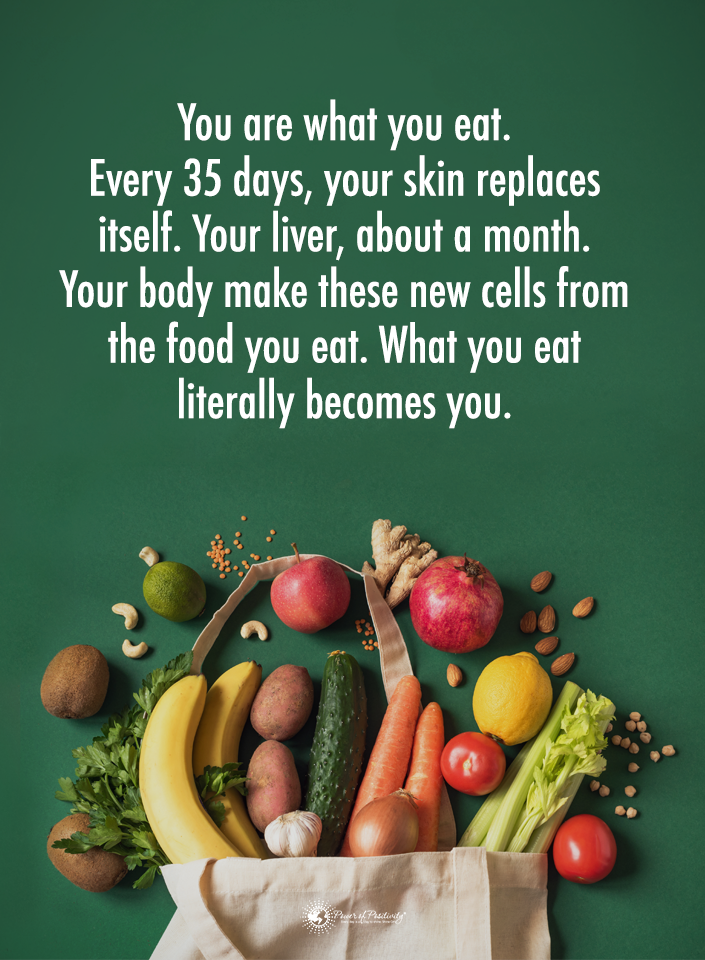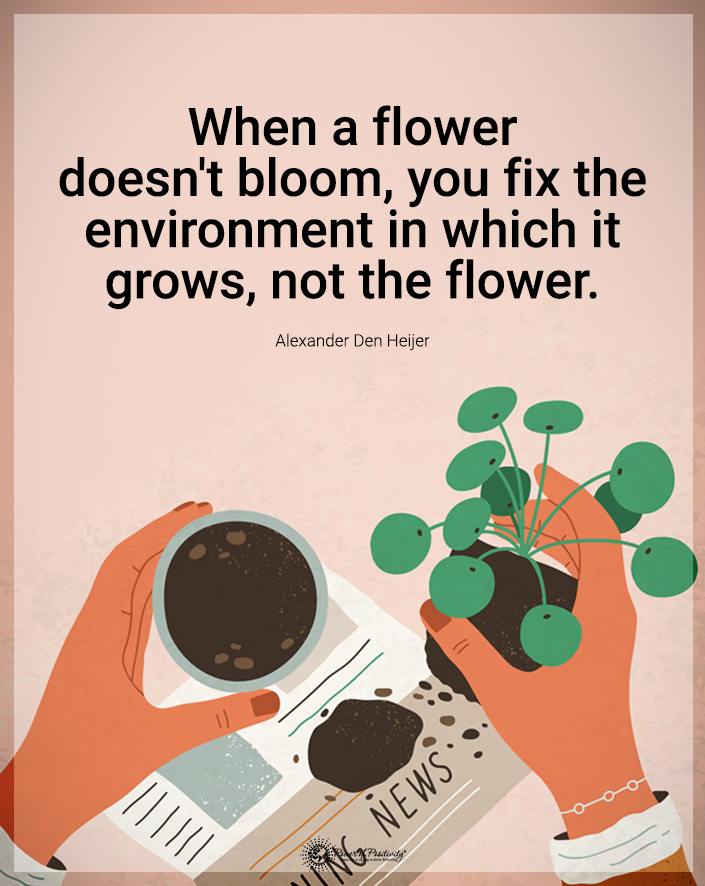Food toxins can make you sick by interrupting your body’s ability to function correctly. Furthermore, they can cause life-long illnesses. Although you can’t eliminate all pollutants and toxic chemicals from your life, there are steps to take to reduce your exposure to toxins. Eating clean and choosing organic and hormone-free foods is a good start. But, it’s essential to recognize which foods contain these harmful substances.
So today, we will discuss sixteen common food toxins you encounter in your life every day.
What is a food toxin?
According to the European Food Safety Authority(EFSA), food contaminants cover several categories, including the following:
- Natural toxins-algae, fungi
- Environmental contaminants-pollutants in water and air
- Metals-lead
- Process contaminants-things that form when food cooks at high temperatures
- Inorganic substances-fluorine

Sixteen common food toxins that most people don’t realize
Knowledge is power; here are the chemicals to avoid.
1. Heterocyclic amines
When meat sears at a hot temperature, it changes the proteins into heterocyclic amines(HCA). These chemicals can cause breast, colon, or prostate cancers. In addition, grilling exposes meats and veggies to smoke that covers them, making them dangerous for you to eat. One solution is to pre-cook the foods you plan to grill and finish them on a low flame. You can also marinate meat with a wet rub to cut back on the charring. Never eat the charred parts of food.
2. Bisphenol A (BPA)
Bisphenol (BPA) is in the coating of many canned foods and drinks. It’s a carbon-based compound that reacts like hormones in your body. BPA mimics estrogen and disrupts your hormones. BPA can lead to:
- Breast cancer
- Heart disease
- Obesity
Acidic foods like tomatoes are dangerous; the acid makes the BPA leach out of the lining of cans. The best solution is to skip canned foods and buy your foods in glass jars. Read labels. Look for containers listed as BPA-Free. Or buy fresh vegetables and other foods.
3. Aflatoxin
Nuts are an excellent source of protein, but peanut butter and peanuts contain a chemical called aflatoxin. Aflatoxin comes from a fungus called Aspergillus. It links to liver cancer and liver disease. Strangely, the peanut butter with the highest amount of aflatoxins is freshly ground peanut butter at health food stores. The least amount of this toxin came in peanut butter from big supermarkets. To solve this problem:
- Store your peanut butter in the fridge to reduce fungal growth.
- Always purchase well-known brands of peanut butter.
- Don’t buy peanuts from a barrel or bin. You won’t know how long they’ve been sitting there.
4. Diacetyl
When artificial butter flavor releases into the air, it produces diacetyl. Long-term exposure to diacetyl causes inflammation and scarring in your lungs, called “popcorn lung.” It’s an irreversible condition. So if you love popcorn, choose the non-butter flavor and avoid the fumes when you open the bag. You can also cook popcorn on the stove to prevent exposure to diacetyl.
5. Mercury
Even though fish is good for you, certain types of fish are high in mercury. High mercury exposure can cause muscle weakness, hearing loss, and vision problems. Kids are most at risk for these conditions. So watch for these side effects if you think you exposed yourself to mercury.
- Anxiety
- Memory problems
- Mood swings
- Depression
- Tremors
- Numbness if hands and feet
- Low functioning motor skills
- Trouble breathing
Fish that are highest in mercury include:
- Big eyed tuna
- Swordfish
- Marlin
- Shark
- Tilefish
- King mackerel
- Orange roughy
- Chilean sea bass
Substitute low mercury seafood such as salmon, mackerel, sardines, scallops, and shrimp. If you love tuna, only eat two servings a week.
6. Sodium nitrate
Sodium nitrate is a preservative used to process some meats. It links to certain types of cancer. There are growing concerns about low exposure to nitrates in regular drinking water. To limit nitrate exposure, you can filter your water and avoid eating processed meats. Foods that contain sodium nitrate include:
- Salami
- Lunch meats
- Bacon
- Beef jerky
- Ham
- Hot dogs
- Smoked fish
7. Dioxins
Many meat, dairy, and fish contain dioxin compounds(DLCs). This food toxin is not only environmentally damaging but also harmful to humans. Exposure to DLCs can lead to health problems such as
- Reproductive problems
- Developmental problems
- Heart disease
- Type 2 diabetes
- Cancer
To avoid these toxic chemicals, choose organic foods whenever possible and limit eating dairy and meat products.
8. Recombinant Bovine Growth Hormone
This growth hormone is fed to dairy cows to help increase milk production. But these toxic chemicals can cause colon cancer in men. Buy organic dairy foods to avoid exposure to this food toxin. Foods that may contain bovine growth hormones include:
- Ice cream
- Milk
- Yogurt
- Cheese
- Butter
- Half and half

9. Genetically Modified Organisms (GMOs)
Most of the soy, canola oil and corn in the United States are grown using genetically modified techniques. These engineering techniques may have long-term effects on humans. Some vegetables and fruits that might have GMOs include the following:
- Pink pineapples
- Potatoes
- Summer squash
- Apples
- Papayas
Researchers are still studying the impact humans these modified foods may have on humans. Until there is more information on the effects of GMOs, your best solution may be to buy foods that say GMO-free.
10. Pesticides
Pesticides are used on crops to kill pests—unfortunately, these toxic chemicals may cause congenital disabilities and some cancers. Most organic foods are pesticide-free, but it’s helpful to read food labels. Check out the EWG’s dirty dozen list of foods with high levels of pesticides.
What about natural toxins?
According to the World Health Organization (WHO), natural toxins are toxic chemicals or compounds found naturally in living organisms. Although these toxins don’t hurt the organism, they harm humans when eaten.
Natural toxins can threaten your health. They can be very potent. Severe effects of natural toxins can be these:
- Severe stomach pain
- Diarrhea
- Vomiting
- Death
- Long-term health problems such as immune, nervous or reproductive system problems
11. Cyanogenic glycosides
Plants produce these toxins. There are over 2000 species of plants that are toxic. Plants such as
- Cassava-Yuca plant
- Bamboo root
- Almonds
- Stone fruits
The toxicity level of these plants depends on how much you eat and prepare them. Side effects can include:
- Vomiting
- Diarrhea
- Dizziness
- Drop in your blood pressure
- Stomach pain
- Confusion
- Twitching
- Coma
12. Algae
Freshwater algae and saltwater algae can be toxic. These toxins are prominent when the algae bloom. Algae toxins may occur in shellfish and fish or drinking water. These toxins have no taste or smell, and you can’t get rid of them by cooking. Symptoms of toxicity include:
- Diarrhea
- Vomiting
- Paralysis
13. Lectins
Many beans contain toxic chemicals called lectins. Dried kidney beans have the highest concentration of lectins. Just five red kidney beans can make you sick with vomiting, diarrhea, and stomach pain. Lectin decreases when you soak dried kidney beans in water for at least twelve hours and then boil them for ten minutes or more.
14. Furocoumarins
This natural toxin is present in parsnips, celery root, bergamot, lemon, and lime plants. In addition, Furocoumarins are in some medicinal plants. They are stress toxins that some plants release when damaged. Eating a lot of a plant that contains furocoumarins can cause stomach problems. Furocoumarins can also cause skin reactions during exposure to sunlight.
15. Poisonous mushrooms
Some wild mushrooms are toxic. Eating them can lead to
- Confusion
- Diarrhea
- Hallucinations
- Vomiting
- Visual problems
- The harmful effect on your liver, kidney,s and nervous system
Cooking or peeling them doesn’t remove the toxins. Avoid wild mushrooms unless you are sure they’re non-poisonous.
16. Mycotoxins
Certain molds contain mycotoxins. Molds that produce mycotoxins grow in some foods like
- Cereals
- Dried fruits
- Nuts
- Spices
Sometimes the mold grows before or after harvesting these foods. Molds also grow during storage if there are damp and warm conditions. These toxins can even survive during food processing. Side effects of mycotoxins include:
- Long-term health problems
- Cancers
- Immune deficiency problems
Be careful of buying foods that look bad or smell bad. Check for pests, damage, or discoloration to the foods. Steer clear of stores that sell old-looking foods.
How do you avoid natural toxins?
Don’t assume when something natural is safe to eat. Never hold on to foods that are damaged, moldy, or discolored. Throw away food that doesn’t taste fresh or smell right. Be sure to eat only wild foods you know are non-poisonous. Natural toxins may be present in different crops and foods from other countries. Be careful of these imported foods.
Final thoughts on avoiding food toxins for a healthier life
Food toxins, pollutants, and toxic chemicals are found in many foods today. These harmful toxins can have long-term detrimental effects on your body. It’s challenging to eliminate all toxins, but there are steps you can take to help reduce your exposure. First, check out the EWG’s dirty dozen to see which fruits and veggies contain high pesticides. When possible, try to eat organic and hormone-free foods. Next, be aware of natural food toxins. These plants carry natural toxins but harm humans, like fungus and molds. You can take steps to protect your and your family’s health by knowing about these common harmful toxins.
The post 16 Common Food Toxins People Don’t Realize appeared first on Power of Positivity: Positive Thinking & Attitude.






